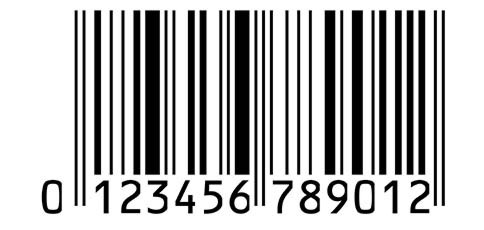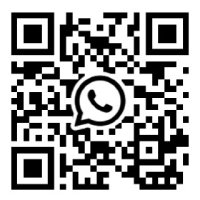The origin and development history of barcodes

Barcode technology emerged alongside the advancement and application of computers and information technology. It is a new type of technology that integrates encoding, printing, recognition, data collection, and processing. In recent years, with the rapid spread of information system development in China, many enterprises have shown an increasing demand for barcode printing software. Let's take a look at the origin and development history of barcode technology.
Barcode technology first appeared in the turbulent 1920s and was born in a Westinghouse laboratory. A quirky inventor named John Kermode had a seemingly far-fetched idea to automate the sorting of postal documents. At that time, any new idea involving electronic technology felt novel. His concept was to mark envelopes with barcodes containing the recipient's address—similar to today's postal codes. To achieve this, Kermode invented the earliest barcode symbol. The design was quite simple: one “bar” represented the number "1", two bars represented "2", and so on.
He also invented a basic barcode reader composed of three components: a scanner; a method to detect reflected signals from bars and spaces, using an edge-locating coil; and a decoding device to interpret the signals.
Kermode's scanner used the then-newly invented photocell to collect reflected light. A "space" reflected a strong signal, while a "bar" reflected a weak one. Unlike today's high-speed electronic components, Kermode used a magnetic coil to distinguish between bars and spaces. It worked like a child wrapping wire around a nail connected to a battery to pick up paperclips. When a space was detected, the iron-core coil would attract a switch; when a bar was detected, it would release the switch and close a circuit. As a result, the earliest barcode readers were very noisy. A series of relays controlled the switching, and the "on" and "off" states were determined by the number of bars printed on the envelope. Through this method, the barcode symbols enabled automatic sorting of mail.
Soon after, Kermode's collaborator, Douglas Young, improved on Kermode's code. The original code contained very limited information and could barely encode more than ten different codes. Young’s version used fewer bars but varied the spacing between them—similar to today’s UPC codes, which use four different widths of bars and spaces. The new barcode symbol could encode up to 100 different regions in the same amount of space, compared to only ten with Kermode's version.
As the patent technology was continuously refined, science fiction writer Isaac Asimov described an example of automatic identification using coded information in his book The Naked Sun. At the time, the barcode in the book resembled a checkered board, but today's barcode experts would immediately recognize it as a two-dimensional matrix barcode. Although it lacked orientation, positioning, and timing features, it clearly represented a high-density digital encoding method.
It wasn't until 1970 that Interface Mechanisms Inc. developed the two-dimensional barcode, which made it commercially viable to print and read matrix barcodes. These 2D codes were initially used to automate newspaper typesetting. They were printed on paper tape and scanned by one-dimensional CCD scanners. Light from the CCD would illuminate the paper tape, and each photocell aligned with a different area of the tape. Depending on whether a barcode was printed at each position, the photocells would output different patterns, forming a high-density data image. This method allowed the same-sized space to print a single character, similar to the early single-bar Kermode code. Timing information was also included, making the process practical and complete. When the first system came to market, the full set of printing and scanning equipment cost about $5,000. Soon after, with the development of LEDs, micro-processors, and laser diodes, a wave of new symbolic representations and applications emerged—what people began calling the "barcode industry." Today, it's rare to find a company or individual who hasn't directly interacted with the fast and accurate barcode technology.
Given the rapid technological advancements and the growing number of application areas emerging each day, barcodes are expected to become as commonplace as light bulbs and transistor radios, making everyday life easier and more convenient for everyone.


